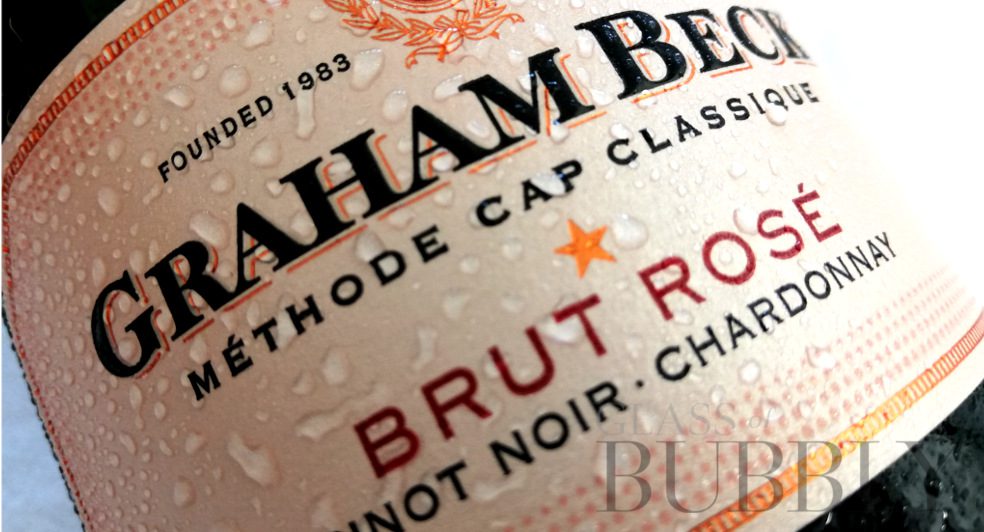South African Sparkling Wine
20th January 2015

South Africa’s first wine harvest began on 2nd February 1659. Those first few vines grew in the Company Gardens, now in the middle of Cape Town; today the main winelands stretch roughly 400 kilometres north and east of Cape Town; there are also irrigated vineyards along the banks of the Orange river in the Northern Cape.
Today, wherever there are vineyards, from the coolest to the warmer areas, there’ll be someone making Méthode Cap Classique. This is the name producers of the traditional Champagne style came up with, knowing they couldn’t use the protected Champagne name. It cleverly suggests the classic method coming from the Cape, although it is often abbreviated to MCC.
The first wine made in this way was a 1971 from the Stellenbosch estate, Simonsig; Chenin Blanc was the grape used, as South Africa then had no Chardonnay. Today, the majority of MCCs are produced from Chardonnay and Pinot Noir, either solo or blended (most of the Cape’s Pinot Noir is destined for bubblies); some include a little Pinot Meunier.
In typical South African innovative style, some producers are exploring the MCC style using untraditional varieties but still produce good results, though these wines can be fruitier than those employing the classic varieties.
Whatever the variety of choice is, those using the classic method may join the Méthode Cap Classique Producers’ Association, founded in 1992; this body aims to help producers improve quality through holding technical workshops and developing technical criteria. It has been instrumental in encouraging much more refinement in the wines.
Sparkling wine is also produced according to the Charmat method and, very recently, a few wines have been made in the Méthode Ancestrale.
Written by Angela Lloyd
![]()
Glass of Bubbly
Executive editor of news content for the website Please enjoy the articles that we share - We hope you find our love for Champagne & Sparkling Wines both interesting and educational.
